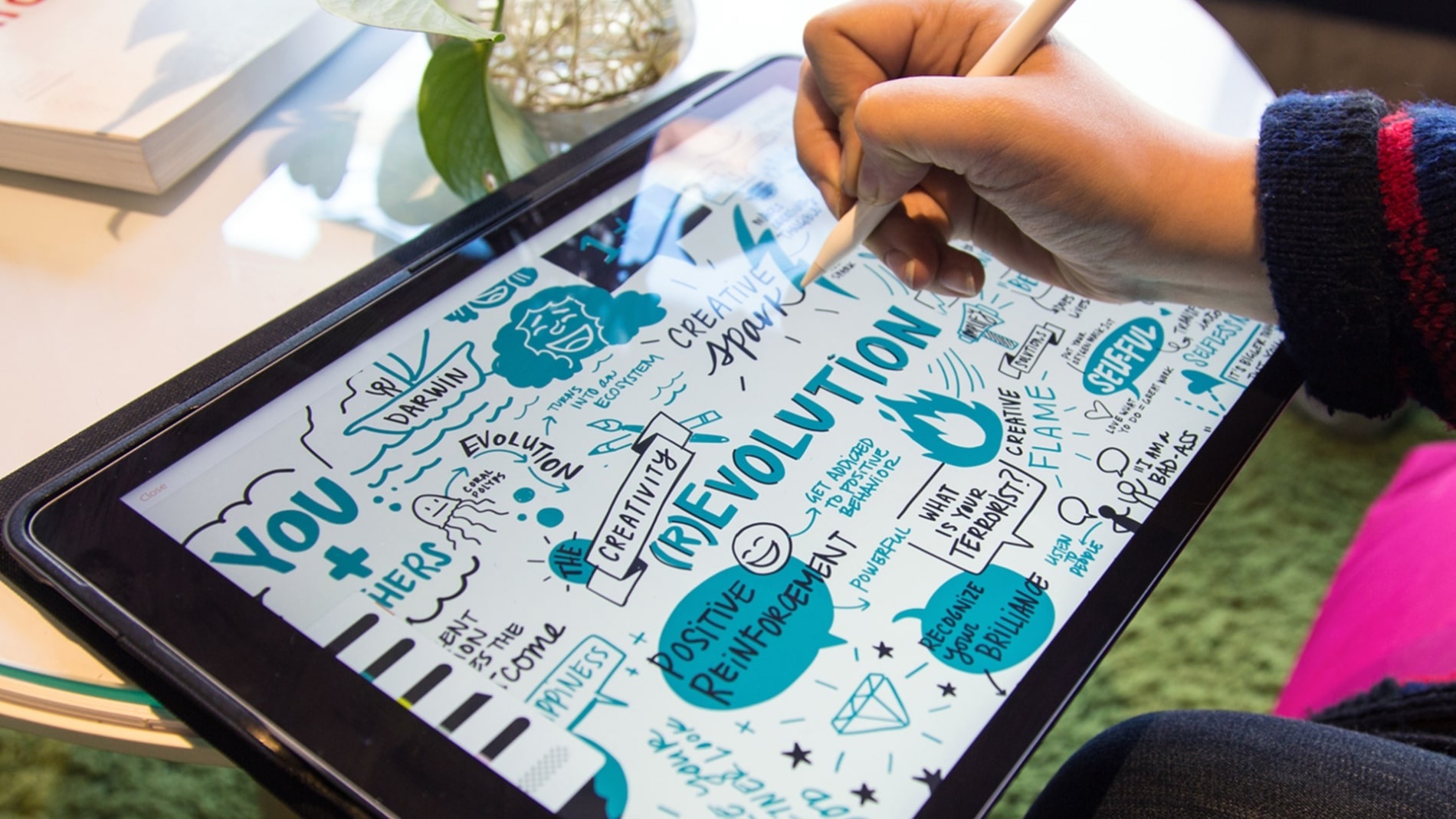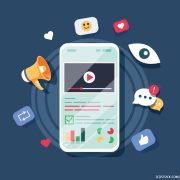Taking notes is an integral part of learning, planning, and organizing our thoughts. While text-based notes work well for capturing key ideas and concepts, sometimes a picture is worth a thousand words. Adding visuals to your notes helps clarify complex topics, make connections more memorable, and add some creative flair to your note-taking. Online notepads that allow embedding images seamlessly into your notes are a game-changer for creating visually engaging and effective notes.
Bring concepts to life with visuals
A diagram or chart often communicates complex information better than text alone. By embedding relevant images in your notes, you break down difficult concepts visually to promote retention. For example, if you’re taking notes about web design, you could include screenshots of different website layouts to illustrate key principles. Or if you’re learning about anatomy, you could embed diagrams of the human body right alongside your written notes. Doodles, illustrations, photos, color coding, typography, and other design elements make your notes as unique as you are. This infuses your notes with more life and personality compared to just words on a page For online notes check notesonline.com.
Simplify references to complex visuals
The concepts are challenging to capture through textual descriptions alone. For example, trying to describe a complex statistical chart or diagram in words be cumbersome. With online notepads, you embed the actual visual so you have the perfect reference right in your notes. Rather than relying on a lengthy written description of the image, you refer directly to the diagram itself. For example, you could include an image of stacking blocks next to notes about hierarchy to symbolize higher and lower levels visually. This drives home connections better than text alone.
Choose an online notepad with robust image support
Look for a feature-rich online notepad that allows easy drag-and-drop image embedding. Ideally, it will handle many file types like JPG, PNG, GIF, and PDF, and allow adjusting size and placement. Evernote and OneNote both offer excellent image support in notes.
Find relevant public domain images
Search public domain image sites like Pixabay for photos, graphics, and illustrations related to your notes. Public domain images are copyright-free and safe to use. Look for pictures that symbolize concepts, bring them alive visually, or inject some fun into your notes. Just be sure to credit the image creator.
Hand draws sketches and diagrams
Use your mouse, touchscreen, or stylus to draw simple sketches by hand right in your online notepad. Hand drawings feel more personal and make visual notes more relatable. This works well for diagramming concepts, drawing shapes to represent ideas, connecting elements with arrows, and sketching stick figures. Some online notepads let you create slideshows with text and image notes. Build a slideshow to take the audience on a visual journey, with key ideas reinforced through carefully selected graphics.
Organize with visual tables
For structured notes, embed visual tables to organize complex or dense information. Populate the table cells with concise text, images, and icons to create clean visual relationships between the elements. Tables bring order and clarity to otherwise chaotic notes.
Make notes Scannable with images
Dense text notes with no visuals require more concentrated reading. Embed images like icons, screenshots, illustrations, and photos at key points in long notes to create visual anchors for quickly scanning the contents. This design technique makes notes more easily digestible. Mind mapping graphically represents connections between concepts and ideas. Brainstorm topics in a mind map to visualize connections, and then explain the relationships in your notes.










Comments